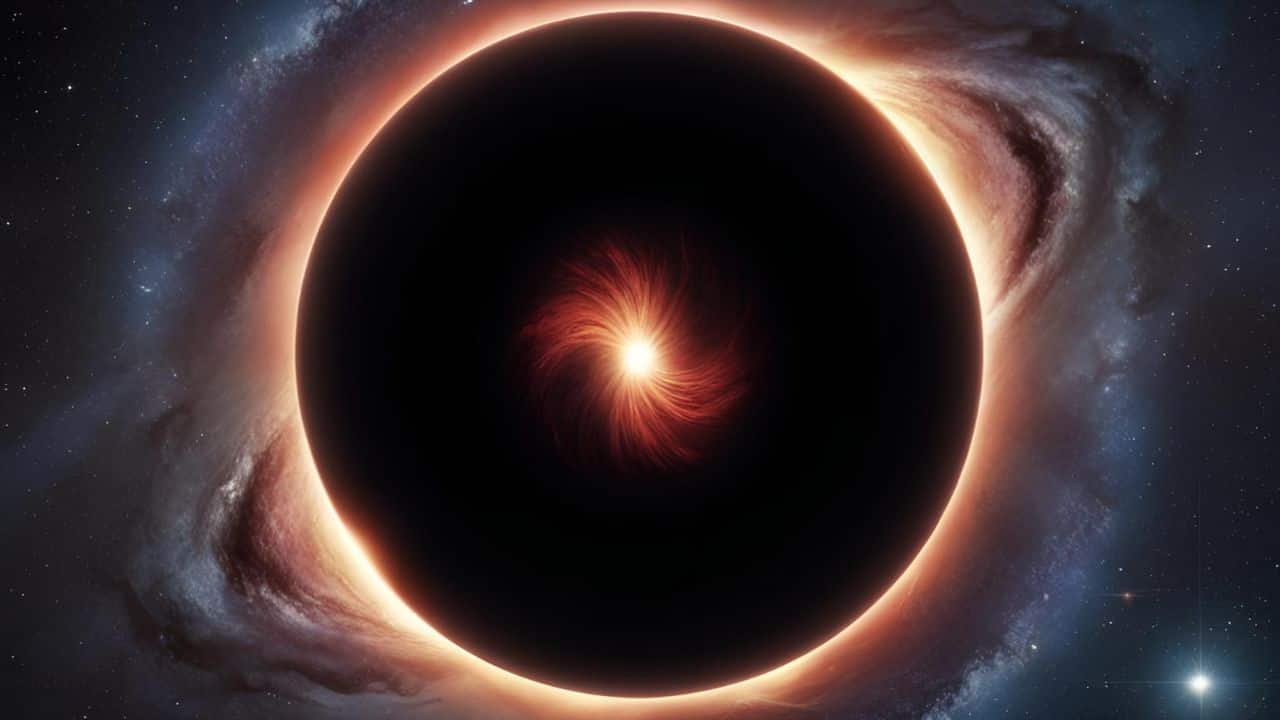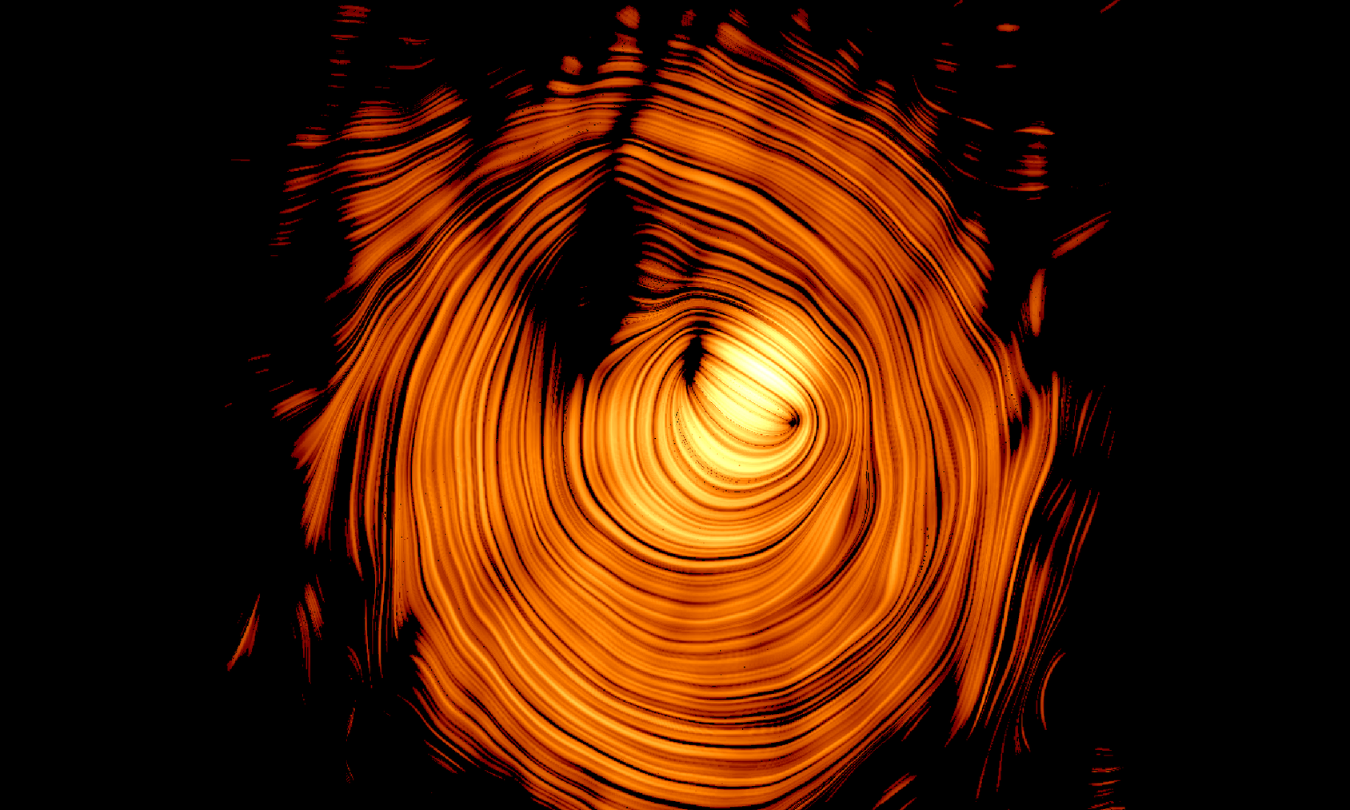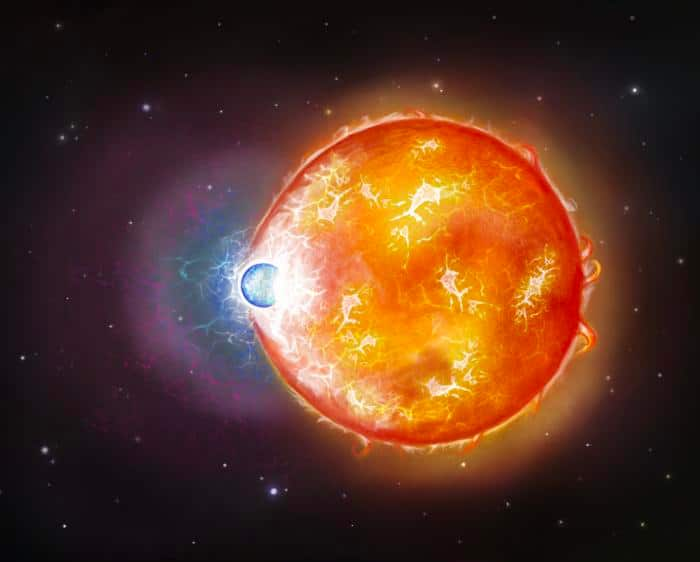Could the Universe Be Inside a Black Hole? Scientists Investigate Strange Galactic Rotation

The mysteries of the universe may extend far beyond what scientists have previously understood. Recent findings from NASA's cutting-edge James Webb Space Telescope have led researchers to explore a provocative idea: could the entire universe be contained within a colossal black hole?
In a groundbreaking study conducted by researchers at Kansas State University, a thorough examination of 263 early galaxies was undertaken. These galaxies, some of which date back to just 300 million years after the Big Bang, were scrutinized for their rotational dynamics. The stunning images captured by the James Webb telescope unveiled an unexpected trend—approximately 60 percent of these galaxies appeared to rotate in a clockwise direction. This observation stands in stark contrast to the prevailing theory, which posits that galaxy rotations are generally random in nature. The implication of this consistent rotation raises intriguing questions about a possible underlying force or event that could have influenced this cosmic alignment.
This remarkable discovery hints at a level of organization in the universe that challenges long-held assumptions. As researchers contemplate the implications, they are beginning to formulate new hypotheses regarding the formation and evolution of galaxies, as well as the forces that govern their movement. The findings suggest a more structured cosmos than previously imagined, opening avenues for further investigation into the nature of galactic development.
Moreover, this revelation has reignited discussions around a radical theory in physics: the notion that our universe might indeed be situated within a black hole. Should this hypothesis gain traction, it has the potential to fundamentally alter our understanding of time, space, and the origins of the universe itself. The theory compels scientists to rethink the initial conditions of the universe and raises new inquiries regarding its eventual fate. Current cosmological models may need significant adjustments to integrate this revolutionary perspective.
However, amidst this thrilling revelation, scientists caution that there could be limitations in the data collected. One significant factor is the Doppler effect, which may affect how the motion of galaxies is perceived. This could imply that the patterns observed might not represent the true dynamics at play. To address these concerns, researchers may need to adjust the parameters of the James Webb telescope for enhanced clarity and accuracy. Regardless of these potential complications, the research underscores the critical importance of space exploration. The use of sophisticated instruments like the James Webb telescope allows scientists to inch closer to unraveling the profound questions of our existence and our place in the cosmos.




























